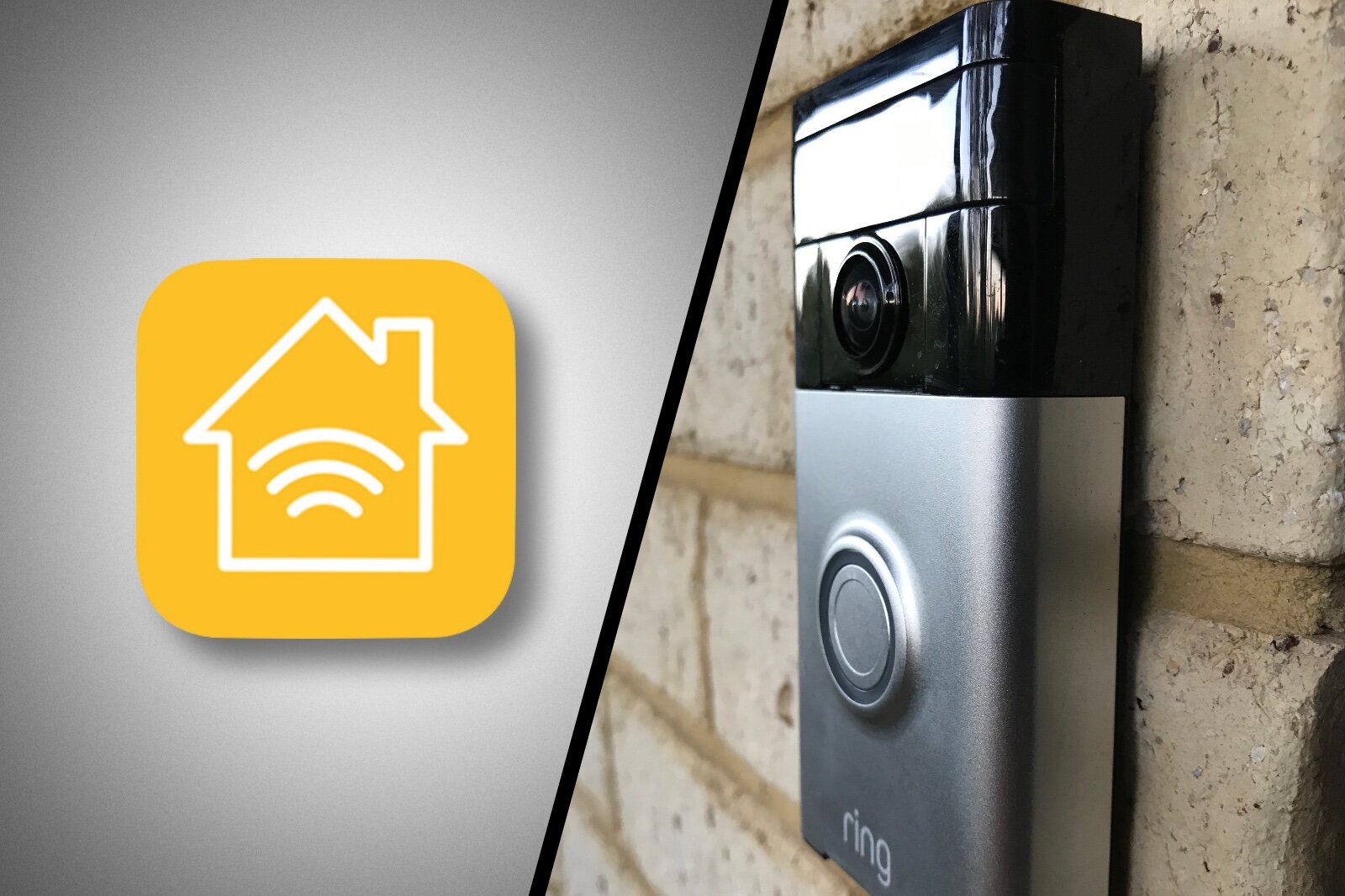Apple Home App Features Everyone Should Know
As with any software product, added features and redesigns can sometimes leave useful controls tucked away with poor discoverability. The Apple Home app is no exception to this, and the current incarnation has some useful tools that may not have been obvious to every user without some thorough exploration.
I’ve pulled together a list of some particularly useful features that I use regularly that aren’t necessarily obvious. Some of these you may know about, but hopefully you’ll learn about something new here.
View all common sensor values in one place
If you have a number of similar sensors, say for temperature, around your home, you’ll probably know that you can view these on the page for each room. But having to hunt for a specific sensor, or multiple sensors if you want to compare them, is a nuisance.
Thankfully you can see all of these values in one place. The Home Summaries feature shows a range of values for these types of sensors at the top of the home screen under broad categories. In the case of temperature sensors, they come under the Climate summary. This one actually shows the range of temperature values by default, but that doesn’t help compare specific rooms.
Tapping on the summary button opens another screen that shows all of your climate-related accessories including thermostats and blinds. At the top of this page is another set of summary values for each type of sensor: Temperature, Humidity, and Air Quality.
Tap on one of these and you’ll get another screen showing all of the individual sensors sorted by room. Now you can easily scan and compare between specific rooms at a glance.
Tap the summary button
Tap the sensor value to view
All sensors of that type in one place
Hide accessories from Home Summaries
Those Home Summaries we looked at above will include every related accessory state in your home by default. The home summaries are supposed to give you a broad, actionable awareness of how things are going, but it’s not unusual that we end up with devices in special purpose situations that would create misleading data in those summaries.
For example, you might have a temperature sensor for a specific purpose, say a beer fridge, or an outdoor weather station. These don’t make sense to show in the temperature range for your home. That should just give you a broad view of the indoor climate, and having extreme values that don’t reflect that isn’t helpful.
We can remove those special purpose accessories from the Home Summaries to clean up the view so that it gives us what we would find useful. Doing this doesn’t affect the accessory or any scenes and automations involved, so it’s a good way to tailor your Home app view with no adverse impact.
Then easiest way to do that is to access the offending accessory from the relevant Home Summary. In the case of the temperature example, go into the Climate summary and then into the Temperature group as above.
Find the sensor you want to exclude and tap on it. Then tap the Status section, and turn off Include in Home Summaries. You can, of course, do this with other types of accessories that show up in the other summary categories if you need to exclude those for some reason.
Let’s exclude the dining room sensor
Tap on Status in the accessory settings
Turn off the Home Summaries here
Check your Home Hub status
Apple’s HomeKit platform really requires a Home Hub, that is a HomePod or Apple TV device on the same iCloud account and added to the Home app. These devices will automatically take on the coordination role that a smart home really needs. Having a hub ensures automations run correctly, regardless of whether you are at home, HomeKit cameras are able to record, and you can access your devices from outside the home network.
Sometimes you may encounter issues, such as devices being unresponsive or automations running slowly. The usual fix for these is to reboot the home hubs, but being able to see which one is in control and whether they are responding correctly is a useful troubleshooting feature.
You can see the status of all of your home hub capable devices by going into the Home Settings and tapping Home Hubs & Bridges. Your hub capable devices will be listed with their current status. One of them will show Connected, this one is chosen by the system based on various factors. The others should show Standby if they are responding correctly.
This status is slow to update, so be patient after rebooting and give the app time to show correctly. Once everything is showing Connected or Standby you’re good to test things again.
Open the Home Settings from the top right corner
Select Home Hubs & Bridges
Status for each hub is shown here
Add Rooms to Zones
You might know about grouping common devices, like a set of lights that you always want to control together, but did you know about Zones?
Zones are a way of adding general areas when controlling accessories using Siri commands. Zones make it easy to tell Siri to do something to all devices in a given set of locations, such as Inside, Outside, Upstairs, Living Area, etc. you can define whatever zones are relevant to your home.
Zones are defined by Room, and each room can be in as many zones as makes sense. Unfortunately doing this is hidden away a bit and can be easily missed.
To do this you’ll need to go onto the specific Room’s page from the top right menu. Select the room you want to edit, then from the room page tap the top right again and select Room Settings.
On the Room settings page you can tap the Zones section to create zones and adjust which zones that room is a member of. Do this for each room you want in that zone.
Note: You’ll also note you can change the background for the room here. I recommend the handy little app HomePaper from Aaron Pearce to create nice blended photo backgrounds with color gradients as I’ve used in my screen shots.
Access the room to edit from the top right
Select Room Settings from the top right again
Tap Zones to edit the zones the room is in
Customize your home screen
It’s important for any smart home app to make your common tasks quick and easy to access. The Home app gives us some control by allowing you to tailor which accessories are shown on the home screen both in the Favorites at the top, and it the room sections below it.
You can always access all the accessories in a room by tapping the room’s name, so those lesser used controls aren’t far away. It’s also the case that not every accessory type will show on the home screen anyway, so it makes sense to cull it down to just the things you actually want to access quickly.
Inclusion in both the favorites and the home screen in general are controlled by a pair of toggles on each accessory. You can access these by opening the accessory settings. Do this by either tapping the cog wheel that shows on the accessory controls page, or by long pressing on the accessory on the home or room screens and selecting Accessory Settings.
Once on the accessory settings page look for the two options Add to Home View and Include in Favorites.
The Home View option will show the accessory in it’s relevant room section on the home page.
The Favorites will show the accessory in the dedicated Favorites section at the top of the home page.
You can then arrange the order of the accessories in either section by going to the top right menu and selecting Edit Home View. Then just drag the accessory icons to the desired positions. Tap Done up top when you’re happy.
Check your security log
Did you know the Home app has an actual log of security related events?
If you tap on the Security Home Summary at the top of the home screen, you’ll see an Activity History item show up underneath it (it may take a second of two to appear while it collects data).
This list contains all events that are considered security related. This includes smart locks, door and window sensors (including garage door openers), and alarm status changes. It doesn’t include motion detection as that would typically be far too noisy.
Tap the Security summary
Tap Activity History
Security events are listed here by day and time
Control which HomePods will play the doorbell chime
If you’re using a HomeKit compatible doorbell (or a third-party integration tool to add one in like Starling, Homebridge or Scrypted), you’ll have the option to have your doorbell play a chime on your HomePods. You don’t have to play it on every HomePod, however.
If you didn’t turn this feature on during setup you’ll need to make sure it’s enabled first.
Go into the camera settings by tapping the doorbell view on the home screen, then the cog wheel at the top of the video screen. This takes you into the camera settings for the doorbell.
Tap on Status and Notifications, then scroll down to find Doorbell Chime and tap that. You’ll see a list of HomePods that can play the chime. Simply turn on or off the ones you want and tap Back twice, then the X in the top right to close the camera settings.
You can also do this from the settings screen of any HomePod. Open the settings by tapping on the HomePod on the home or room screens, then tap the cog wheel. Scroll down and find Doorbell Chime. Tapping this will open the list of HomePods as before, so you can adjust which HomePods to use for the chime.
Find the Status section in the Doorbell settings
Scroll down to Doorbell Chime
Turn on the HomePods you want to use























